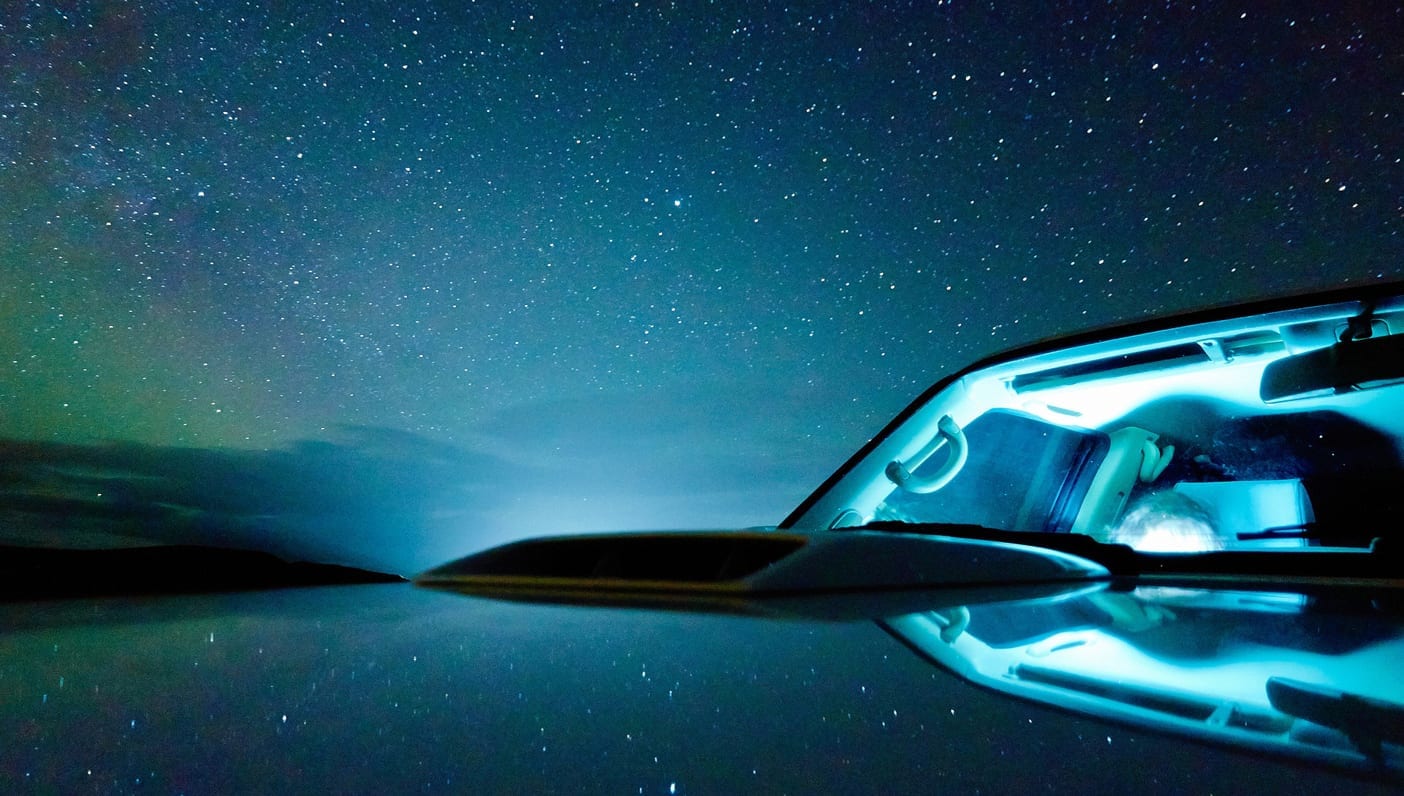
Science fiction fans and celestial dreamers are rejoicing as scientists ponder evidence that may contribute to the hypothesis of parallel universes.
The suggestion was made by Ranga-Ram Chary, a researcher from Planck’s US data center in California. He was mapping the cosmic microwave background, or the light leftover from the early universe, when he discovered an abnormal glow.
This “glow” could potentially prove the existence of a multiverse. From The Huffington Post:
Ordinarily, Chary would have found nothing “except noise.” But the spots of light were 4,500 times brighter than they should have been.
Chary concluded that the glow could represent matter from another universe “leaking” or colliding into ours. This would validate the hypothesis that our universe is merely “a region within an eternally inflating super-region,” said Chary in an Astrophysical Journal study published in September.
A multiverse, also described as a meta-universe, is the term used to describe a series of infinite or finite universes that make up the entirety of time and space. Each one of these universes would be described as a parallel universe. This theory has entertained scientists, artists, and writers for years.
The New Scientist further ponders the plausibility of a multiverse:
This sort of collision should be possible, according to modern cosmological theories that suggest the universe we see is just one bubble among many. Such a multiverse may be a consequence of cosmic inflation, the widely accepted idea that the early universe expanded exponentially in the slimmest fraction of a second after the big bang.
Once it starts, inflation never quite stops, so a multitude of universes becomes nearly inevitable. “I would say most versions of inflation in fact lead to eternal inflation, producing a number of pocket universes,” says Alan Guth of the Massachusetts Institute of Technology, an architect of the theory.
Of course, the theory is still far from proven. Even Chary admits that it will be difficult to give definite answers regarding his discovery. As he states in the study: “Unusual claims like evidence for alternate universes require a very high burden of proof.”
Until then, scientists will continue to investigate the findings using the most innovative technology available. If anything, further testing and experimentation will help researchers learn more about the sort of evidence that is required to prove the existence of a multiverse.
Photo by Flickr user Moyan Brenn
—
 Amanda Kohr is a 25-year-old writer and photographer with a penchant for yoga, food, and travel. She prefers to bathe in the moonlight rather than the sun, and enjoys living in a state of the three C’s: cozy, creative, and curious. When she’s not writing, you can find her driving her VW Bug, looking for the next roadside attraction or family diner. She also roams the Internet via her blog at cozycaravan.com.
Amanda Kohr is a 25-year-old writer and photographer with a penchant for yoga, food, and travel. She prefers to bathe in the moonlight rather than the sun, and enjoys living in a state of the three C’s: cozy, creative, and curious. When she’s not writing, you can find her driving her VW Bug, looking for the next roadside attraction or family diner. She also roams the Internet via her blog at cozycaravan.com.
